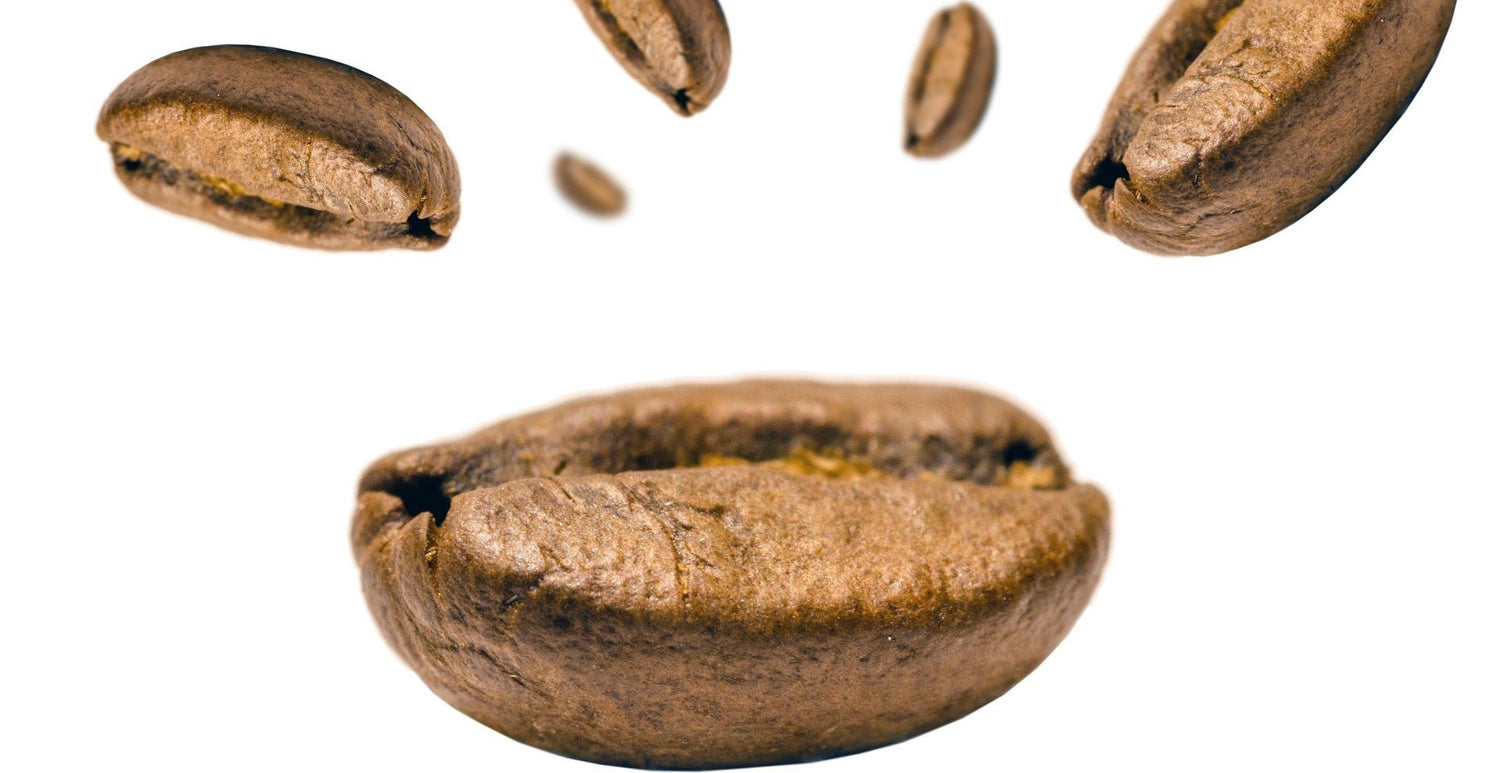Interested in the history of the coffee bean? In this article, we'll discover the origins of one of the world's most beloved drinks. And where might that be, you ask? Well, though there are several theories on the origin of the coffee bean, most historians believe that it originated in Ethiopia.
But, there’s more to the coffee bean than just where it came from and how it spread across the globe. We’ll also be talking about what a coffee bean looks like when it’s unripe, ripe, and before roasting. You’re in for quite a history lesson, so settle in and prepare to learn more about your favorite drink.
Where Does the Coffee Bean Come From?
Depending on who you ask about the origin of coffee, some people will tell you the story of the wild seeds planted in the highlands of Ethiopia and Eritrea as a punishment from the gods. This, supposedly, was the foretold crop of the goddess Inanna.
And, the story also includes a bit about how a goat herder was the first to actually make the discovery of the effects of coffee beans; legend says that his goats were eating coffee beans, which caused him to notice the sheer amount of energy it gave them. He couldn’t get them to sleep through the night!
So, as you can see, coffee’s been around for quite some time. Years later, it’s believed that Yemeni traders brought coffee to India where native Indians developed a method of roasting and grinding the seeds to form a beverage that was drinkable and beneficial to locals.
How Was the Coffee Bean Discovered?
Back in the early 1500s, the very first written records of coffee were discovered (despite the drink having been around for centuries, this is one of the first known written records of coffee). The records came from a Greek physician called Demosthenes.
He came up with the idea of using coffee to ward off tiredness and muscle pain, which is a completely accurate assessment of the benefits that caffeine has for a person, right?
And while the records were discovered in the 1500s, Demosthenes first wrote about the history of the coffee bean in 350 B.C. From then onward, it’s believed that coffee was first introduced into Europe by Baba Budan, an Indian Sufi who lived in Yemen and often journeyed across the Red Sea to Mecca. He discovered his love for coffee during one such pilgrimage. According to the popular story, he smuggled seven beans from Mocha (modern-day Yemen) back into southern India in defiance of a Muslim edict that prohibited him as a pilgrim from going out of Mecca fasting and taking anything with him on his journey.
During the centuries that followed, various other countries got involved in coffee growing, including the Philippines and Spain. It wasn't until the 18th century that coffee had finally arrived in Italy. Today, millions of coffee beans are exported from Ethiopia each year, mostly to the European market. However, Ethiopia is no longer the world’s leading producer; it’s actually the fifth top coffee producing country (beat by Brazil, Vietnam, Colombia, and Indonesia, respectively).
The Coffee Bean’s Influence on Italian Culture
After making its way from Ethiopia to India to Europe, the coffee bean finally arrived in Italy around the 16th century. Italian coffee was the beverage of choice throughout Europe for many years, as well as the Americas and the Arabian Peninsula.
It’s thought that explorer Christopher Columbus discovered a new type of coffee plant on the island of Elba in 1492 and subsequently took seeds back with him, which were then grown in the Americas and spread throughout Europe.
What about coffee beans imported in North America? The first coffee bean to be shipped to the US was of Yemeni origin, and the first American coffee shop opened in 1792 (Tim Horton’s wasn’t opened until 1964 for all of the folks out there wondering where the heck a Double Double originated from).
It wasn’t until 1907 that the Seattle Chamber of Commerce began to try and import coffee from Colombia.
How Was Coffee First Prepared?
People began consuming coffee by boiling ground beans with water, honey, and other flavorings. Needless to say, the taste and aroma were quite different from today's sweet and aromatic brews (and they definitely weren’t coming up with tasty treats such as a whipped coffee).
When coffee was first prepared commercially, it was mostly consumed in early versions of coffee shops called qahveh khaneh. You would find these shops in places across the Arabian Peninsula and the coffee they consumed was quite different from modern-day coffee.
Just look at how Turkish coffee is prepared and you’ll get a rough idea of what it must have tasted like back then. Turkish coffee is completely unfiltered, meaning that the grounds float around in the cup. Needless to say, that makes for one pretty strong cup of coffee!
The Italians took a note from the Turisk coffee brewing playbook when they invented espresso machines in the late 1800s. Espresso, which roughly translates to “press-out,” is currently one of the purest forms of coffee you can drink.
Fun Fact: The earliest documented use of the word coffee in English was in a letter written in 1491 by a British officer named Sir Walter Raleigh.
The Green Bean
It’s impossible to talk about the history of the coffee bean without breaking the bean down a bit. Did you know that the coffee bean is green at its birth? If you want to learn more about how a coffee bean goes from green to red to roasted, listen up.
A coffee bean starts out as something called a “cherry.” Why is it called a cherry? The rich red color makes the fruit look like an actual cherry. When it turns this color, it’s ready to be picked. If it’s still green or, in some cases, a sort of yellow or orange color, then it’s not quite ready yet.
Once it’s picked (by hand in places like Colombia), it’ll undergo processing, which can be wet or dry. In Colombia, most farmers opt for wet processing, which is the most popular method for most single-origin coffee brands; it also requires less labor overall.
During this process, they’ll remove the cherry fruit in a wet mill to expose the beans. Then, they’ll be washed and moved to a fermentation tank. After that, they’ll lay the beans out to try in the sun or in a drying shed.
It’s also important to remember that Colombian coffee and coffee beans from other places around the world are exported both roasted and unroasted. This is a bit confusing, but when coffee is exported without being roasted, it's called "green coffee beans" despite not being green anymore (remember, actual green coffee refers to the unripe cherry that's still hanging on the coffee plant).
The Coffee Bean of Today
Now, the coffee bean is widely accepted as the world's most consumed beverage. Over 150 million Americans alone drink multiple cups of coffee a day.
Whether you're a coffee connoisseur or you’re new to the scene, you've come to the right place to learn more about coffee's history. For more information on the history of coffee, the properties of the coffee bean, and the nutritional information of the beverage, browse through our other blogs.
Or, head straight over to our shop to browse some of the best Colombian coffee beans on the market.




